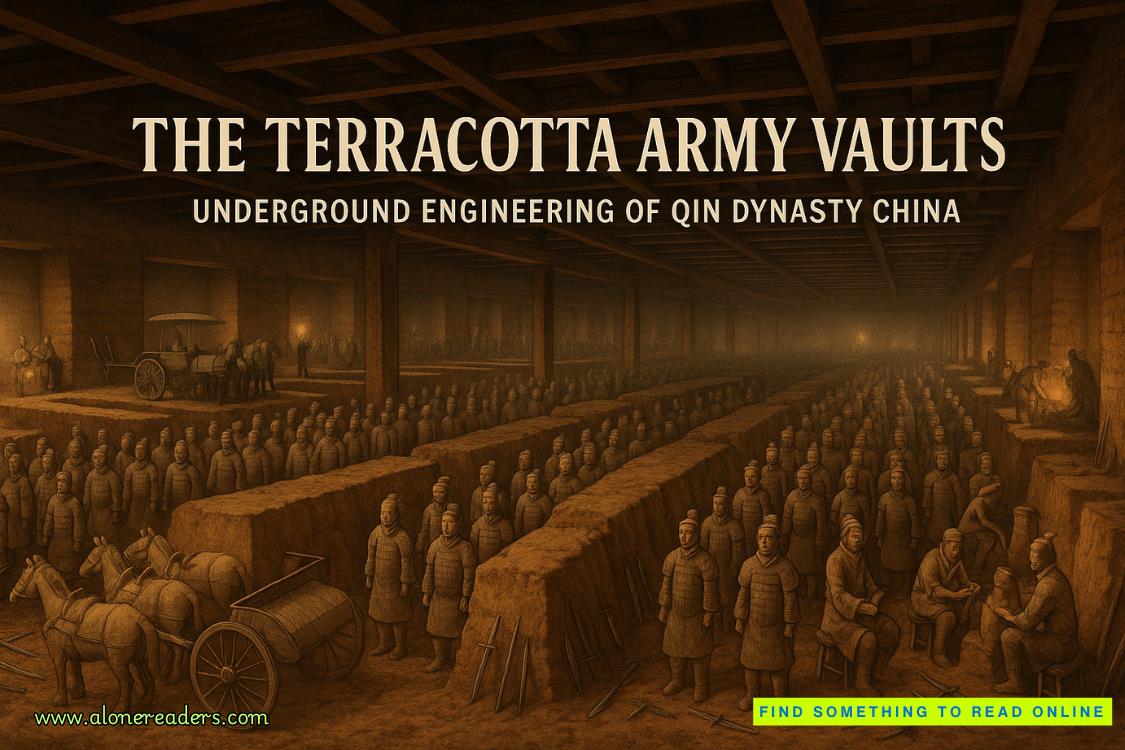Page 49 of Air Force One
“Two meters, holding.” Miranda announced.
Randy Davidson would rather have one of his own men monitoring the gauges, but his senior chief told him no. “She’s…” Senior chief petty officers were the backbone of the enlisted Coast Guard and were never at a loss for words. “Shit, Skipper, pardon my language, but I know when I’m outclassed. You want her on those controls.”
So he’d set the senior to watch over her, literally. Taller by a foot, he watched over the shorter woman’s shoulders but didn’t say a word. Maybe she really was that good. He sure hoped so. He checked on her dog, asleep at her feet. Mike Munroe had tipped him off about keeping an eye on the dog to help judge Miranda Chase’s mental state. So far so good.
“Four meters of air evacuated, pressure holding. No increased motion.” Miranda announced.
“Keep pumping.” He left her to the job and twisted around to watch the scene. Big roller. Glimpse of the plane’s tail in the trough. Big roller—this time spewing enough spray to block any view of the tail.
How the hell was he supposed to tow this thing if it did surface? He’d called in a pair of deep-sea salvage tugs and hoped they had a better idea than he did. Miranda had suggested attaching a line to the front landing gear—except it was several meters below the surface of the mud. Not wanting to lose the plane if it did surface, he’d lassoed the tail with a single run of two-inch hawser and attached a couple floats to it. He also had two able-bodied seamen standing by where the line came aboard with axes if they had to cut it fast.
“Six meters, holding.”
“Now it gets interesting,” he mumbled to his XO. Zeb nodded but didn’t have anything to add.
They both knew that the first twenty feet had been clearing the rear electronics area and past the fold-down stairs. The plane was still very narrow back there and the water pressure would only be two atmospheres. Now, as they pushed deeper and had to increase the air pressure, they would be working their way past lines and lines of windows, lavatories, and a hundred other possible failure spots. Miranda had enumerated these at length.
The only solution they could implement rapidly was to send a diver all the way down to close the window shutters on every single window to add that bit more strength. Another diver had gone down with a couple large tubes of epoxy and plugged each toilet. Any more deep work and they’d have to fly in fresh divers. All three ships had limited-out all their divers at depth over the last ten hours.
“Eight and holding. Increased swing with wave motion.”
“Physical or structural?” Another thing she’d explained was that the whole plane might start to move as a single physical piece—or their actions might blow the tail off.
“Indeterminate,” Miranda said as if she was sitting in a deli discussing which mustard she preferred rather than overseeing the highest profile plane crash in history.
“Great, just great.” He didn’t know if he died a little or hoped a little more with each meter they gained, filling the fuselage with air instead of water without shattering the plane.
The damn thing was only seventy meters long from tip to tail and they had blown out past fifty before anything notable happened.
Then it all happened at once.
41
The nose of Air Force One had created significant adhesion with the muddy ocean floor by the simple expedient of hitting it hard. The nose’s initial impact had occurred with sufficient force to compact the soil. Underwater, this was achieved by driving the water out of the sediments. At sixty meters depth, the six tons per square foot pressure actually compressed the ocean floor and resisted water reentering the soils.
With the lightening of the plane, it began to work back and forth. This created a pumping action within the mud, making it expand and compress, rebalancing the degree of water saturation. The water forcing its way in began acting as a lubricant, allowing a tiny amount more motion with each shift.
The wave that broke Air Force One free from the bottom wasn’t notable in any way. First, its leading trough washed across the tail at a sixty-degree angle to the wide flat planes of the twenty-meter-wide horizontal stabilizer. Air Force One swung steeply toward lying belly up. But it didn’t release from the bottom. Next the wave caught the stabilizer and swung the plane in the opposite direction. At depth, the plane finally ripped free from the ocean bed.
It shot to the surface tail first. The tail and forty meters of the fuselage broke clear of the waves before slamming down to plant the tail much as General Owen had first intended to attempt his landing—with a hard smack and a huge cloud of spray.
The three US Coast Guard cutters had been holding station at the points of their kilometer-a-side triangle. This placed them each five hundred and seventy meters from the plane.
When Air Force One shot to the surface, it accelerated rapidly until it was traveling backward at thirty knots atop the waves moving at twenty themselves. It now had sufficient buoyancy that it didn’t wallow in the waves but rather skidded over the wave crests as if hydroplaning along a highway.
The Bear’s chosen station lay directly downwind from Air Force One.
Commander Randy Davidson had trained his entire career to act quickly when something threatened his ship.
“All back full! All back full!” In hindsight, he should have had the stern facing the airplane. Fat lot of good that did him now. A Famous-class cutter was not an RHIB speed boat, especially not backward.
They’d been half a kilometer from the sinking site. Forty meters of plane had shot out above the surface and finally impacted the water a hundred and fifty meters from the sinking site—a third of the way to his ship and closing fast.
“Sound general alarm!” He had to wait out the seven short ringing tones and one long one before he could continue. “Evacuate bow and all compartments forward of Frame Three. Seal all hatches throughout the ship.”
Bear began crawling backward away from the fast-approaching plane.
“It will not impact us, Commander.”















